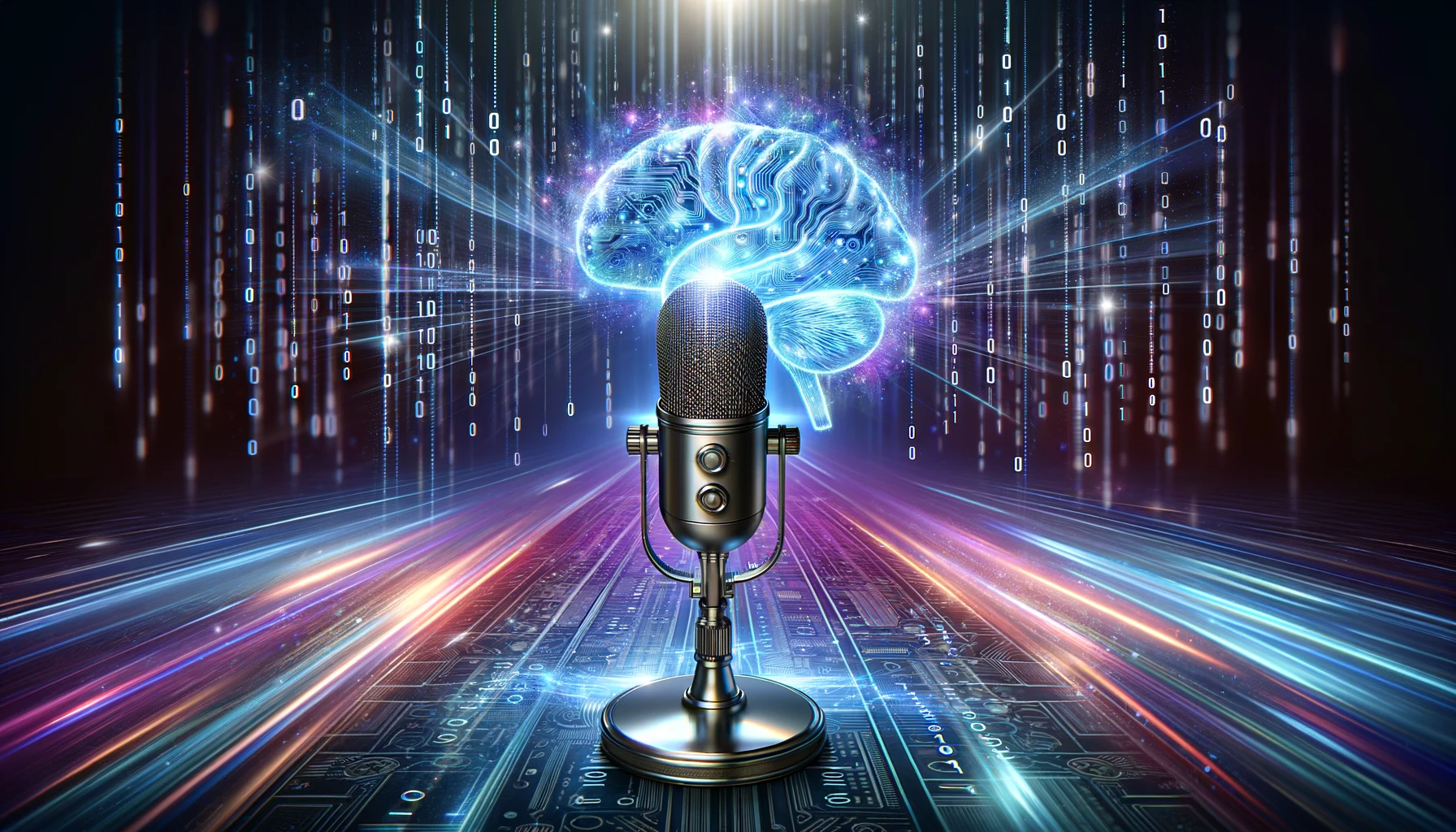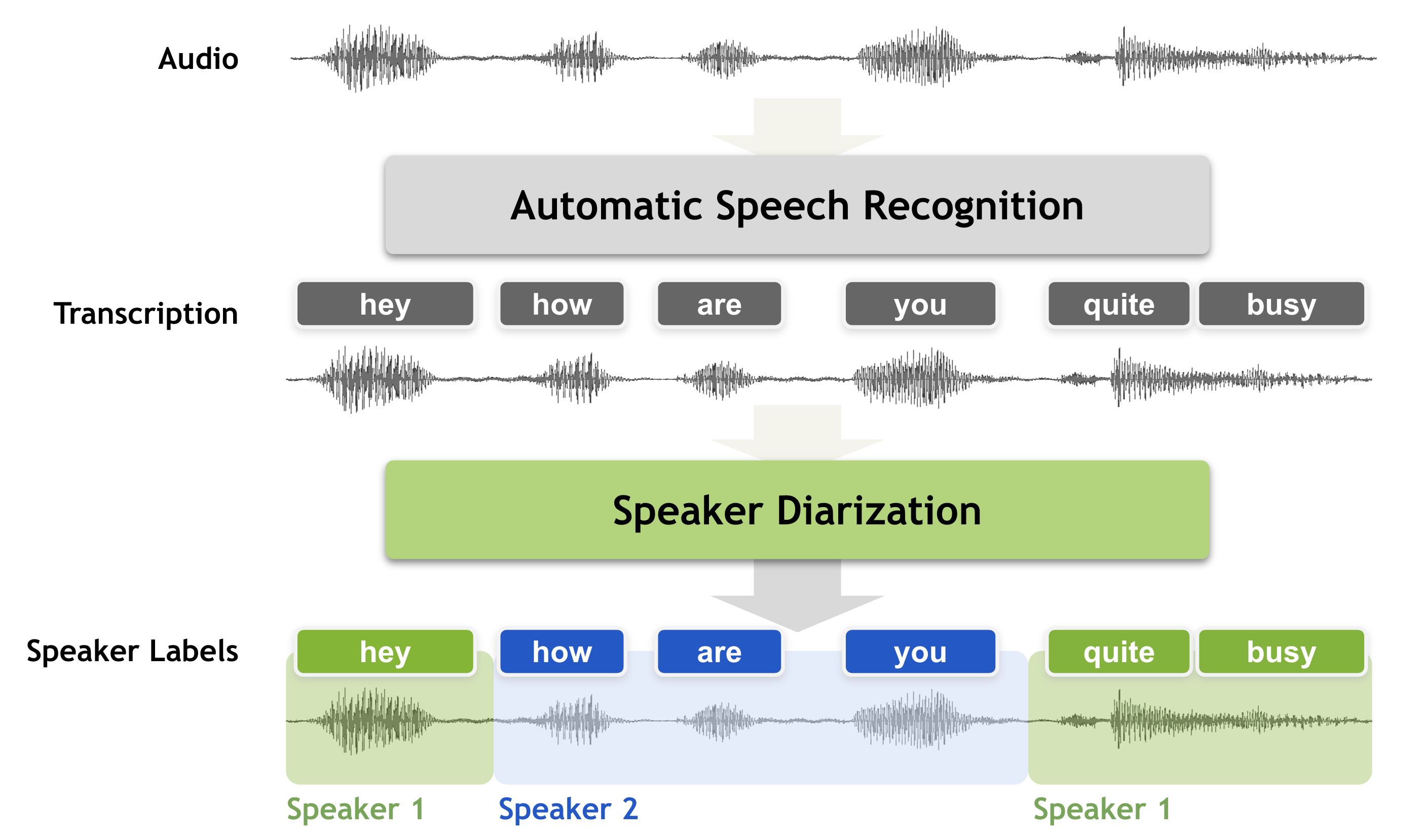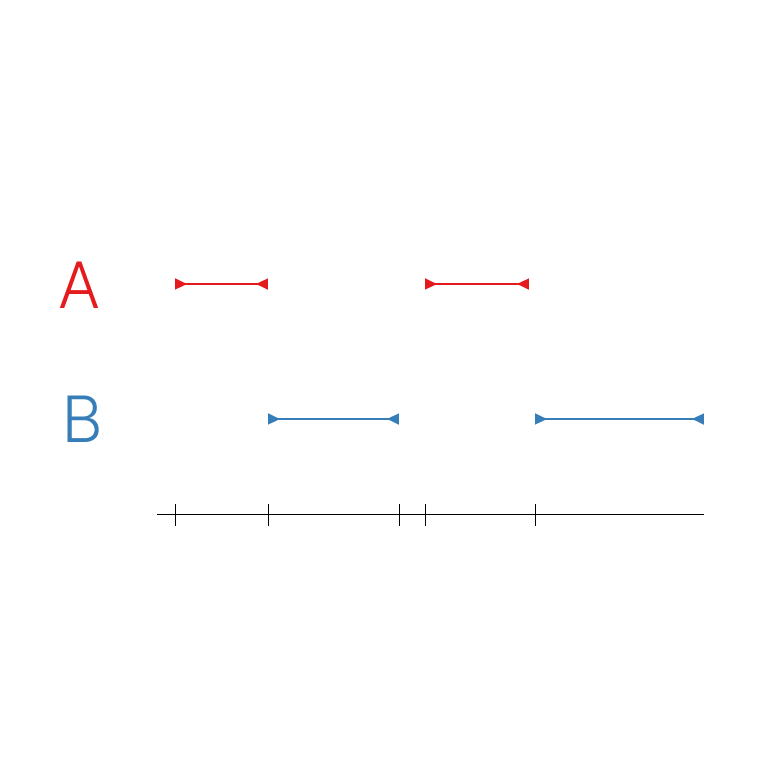Recommended Models

 rafaelgalle/whisper-diarization-advanced
rafaelgalle/whisper-diarization-advancedUltra-fast, customizable speech-to-text and speaker diarization for noisy, multi-speaker audio. Includes advanced noise reduction, stereo channel support, and flexible audio preprocessing—ideal for call centers, meetings, and podcasts.
Updated 1 month ago
229.2K runs

 thomasmol/whisper-diarization
thomasmol/whisper-diarization⚡️ Blazing fast audio transcription with speaker diarization | Whisper Large V3 Turbo | word & sentence level timestamps | prompt
Updated 9 months, 2 weeks ago
3.6M runs

 victor-upmeet/whisperx
victor-upmeet/whisperxAccelerated transcription, word-level timestamps and diarization with whisperX large-v3
Updated 1 year, 3 months ago
5.2M runs

 collectiveai-team/speaker-diarization-3
collectiveai-team/speaker-diarization-3Segments an audio recording based on who is speaking
Updated 1 year, 9 months ago
5K runs

 vaibhavs10/incredibly-fast-whisper
vaibhavs10/incredibly-fast-whisperwhisper-large-v3, incredibly fast, powered by Hugging Face Transformers! 🤗
Updated 1 year, 9 months ago
21.1M runs

 awerks/whisperx
awerks/whisperxFast automatic speech recognition (70x realtime with large-v2) with word-level timestamps and speaker diarization.
Updated 2 years, 2 months ago
14.7K runs

 sabuhigr/sabuhi-model
sabuhigr/sabuhi-modelWhisper AI with channel separation and speaker diarization
Updated 2 years, 4 months ago
25.5K runs

 lucataco/speaker-diarization
lucataco/speaker-diarizationSegments an audio recording based on who is speaking (on A100)
Updated 2 years, 4 months ago
12.6K runs

 meronym/speaker-transcription
meronym/speaker-transcriptionWhisper transcription plus speaker diarization
Updated 2 years, 7 months ago
28.3K runs